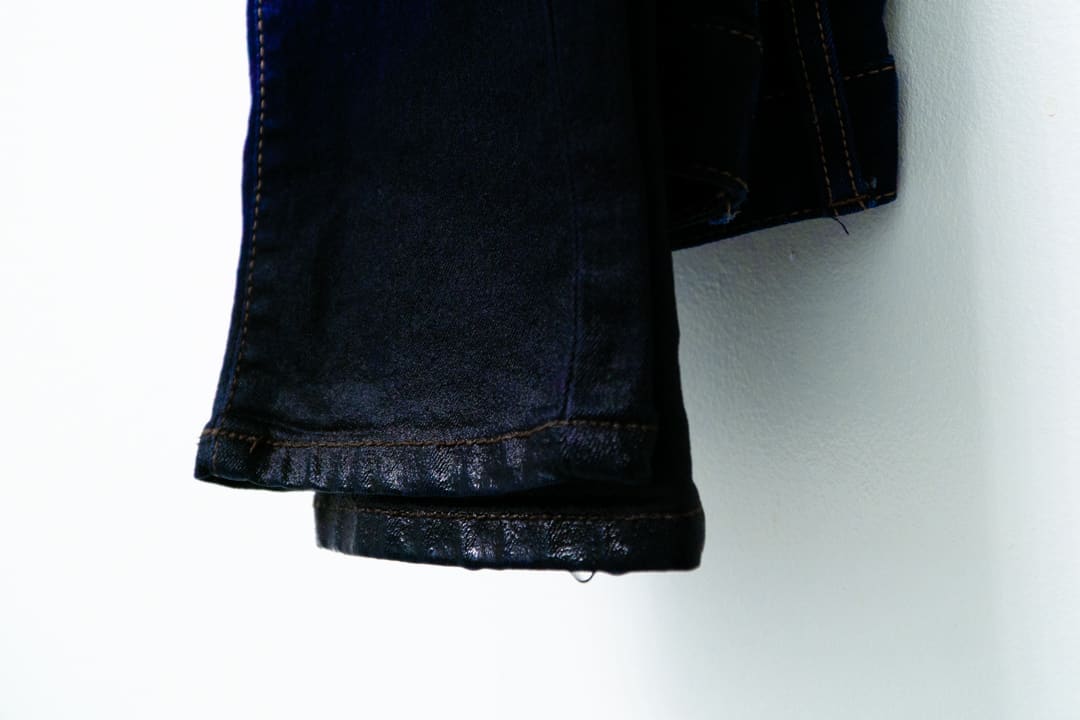Once used by workers due to its high durability, blue jeans have become a fashion icon worldwide. The denim fabric industry alone was valued at approximately 90 billion USD in 2019, and was expected to grow to 105 billion USD by 2023. You probably have at least one pair of jeans in your wardrobe, if not more. But your favourite pair of jeans may be contributing to Canada’s water pollution.
A recent paper affiliated with the University of Toronto reveals the widespread range of denim microfibres in aquatic environments ranging from the Great Lakes to the Arctic Archipelago.
Co-author of the paper Samantha Athey, a PhD candidate in the Department of Earth Sciences, spoke to The Varsity about how pervasive microfibres are and what we can do to minimize their production.
What are microfibres?
Microfibres are microscopic fibres that are released when textiles are degraded through washing, wearing, and more. They can be further classified into synthetic, semisynthetic, or natural, depending on their source material. Although they seem inconsequential, microfibres make up the majority of human-modified particles in the environment.
Natural microfibres may sound eco-friendly, but the name is misleading. They are derived from natural materials such as cotton and hemp, but they are artificially modified with chemical dyes and additives. Researchers have also found that they are more abundant than synthetic fibres in environmental samples. As such, these ‘natural’ fibres may present a new frontier in the relatively new field of microfibre pollution research.
Tracing your jeans’ path
In their different areas of microfibre research, Athey and her colleagues often found indigo-dyed cotton fibres in their samples from arctic sediments to fish in the Great Lakes. While speculating on their origins, they looked down and realized they were wearing blue jeans. With that hypothesis, the researchers set out to trace the source and distribution of the microfibres across Canada’s waterways.
The team conducted a series of controlled washing experiments to show that the fibres released from 100 per cent cotton jeans were very similar to those found in their samples. Through these experiments, they found that a single pair of used jeans can shed roughly 56,000 microfibres per wash, depending on a number of factors. Distressed jeans, with holes and frayed edges, were found to shed more than non-distressed jeans.
They then examined levels of denim microfibre in different aquatic environments in southern Ontario and the Arctic Archipelago. There were a variety of different sources in Ontario, including wastewater being discharged to Lake Ontario and fish samples from Lake Ontario and Lake Huron. Arctic sediment samples were taken across the archipelago, from offshore Alaska all the way to offshore Greenland.
Worryingly, microfibres appeared to be equally distributed across the Arctic, far from any potential sources such as waste treatment plants. This indicates that the particles are capable of long-range transport, making them more difficult to trace.
Many of the effects of microfibre pollution are still unknown, but we may not have time to wait for more results before acting. While denim fibres do not last as long as plastic in the environment, they last long enough to be ingested by fish or make it into deep sea sediments in the Arctic.
Minimizing your carbon footprint
Although this discovery is concerning, the researchers are not telling people to get rid of their jeans. All fabrics shed microfibres — denim fibres are just easier to see and trace than other materials, according to Athey.
One way you can protect and minimize the footprint of your jeans is by washing them less. In fact, President and CEO of Levi Strauss & Co Chip Bergh even recommends that you don’t wash your jeans or reduce the amount of times that you wash them and spot clean for stains as needed.
Another way is to shop for used clothing. The researchers found that new jeans release more microfibres than used jeans when washed, making secondhand clothing a better choice for the environment, the fabric industry, and your wallet.
“We need to be thinking of how to stop the microfibres from being released by any fabric into the environment,” Athey said. “The switch to natural fabrics… the solution’s just not that easy.”


